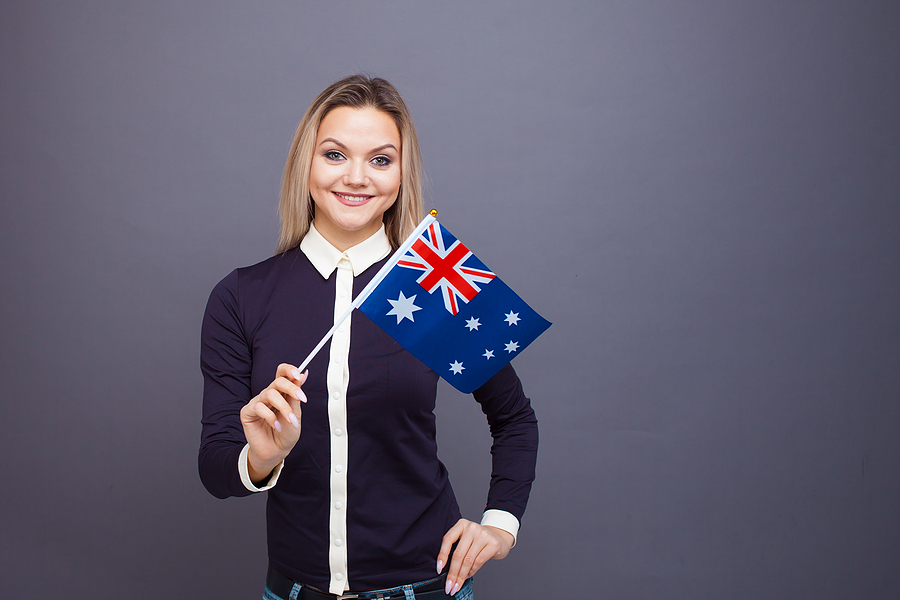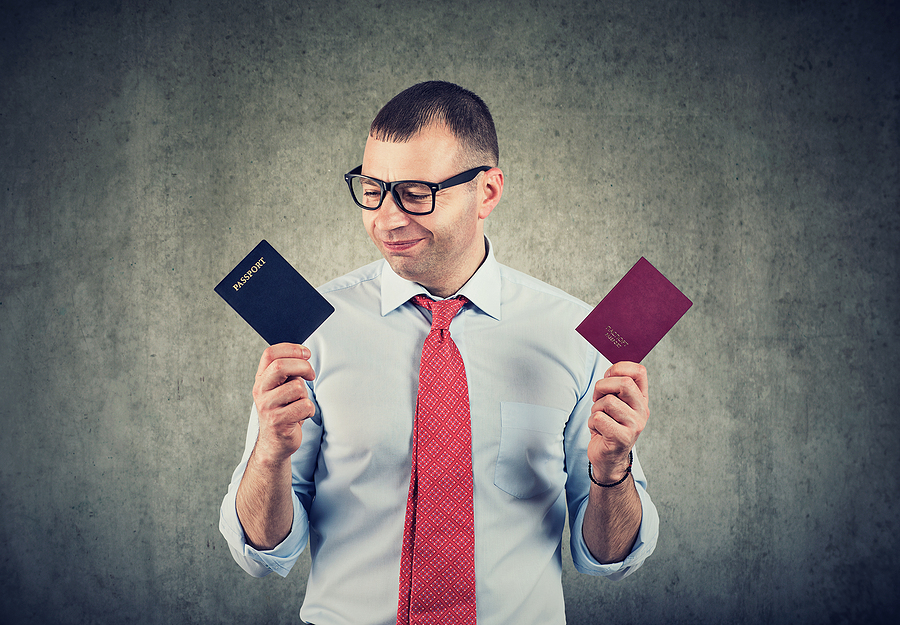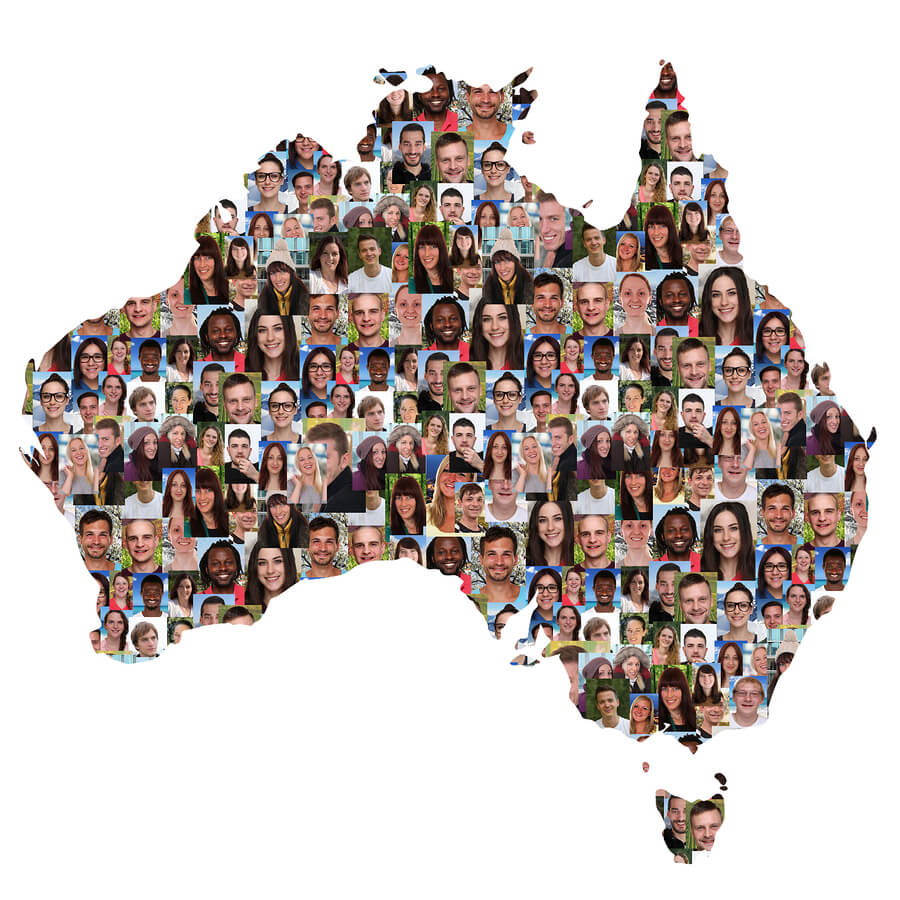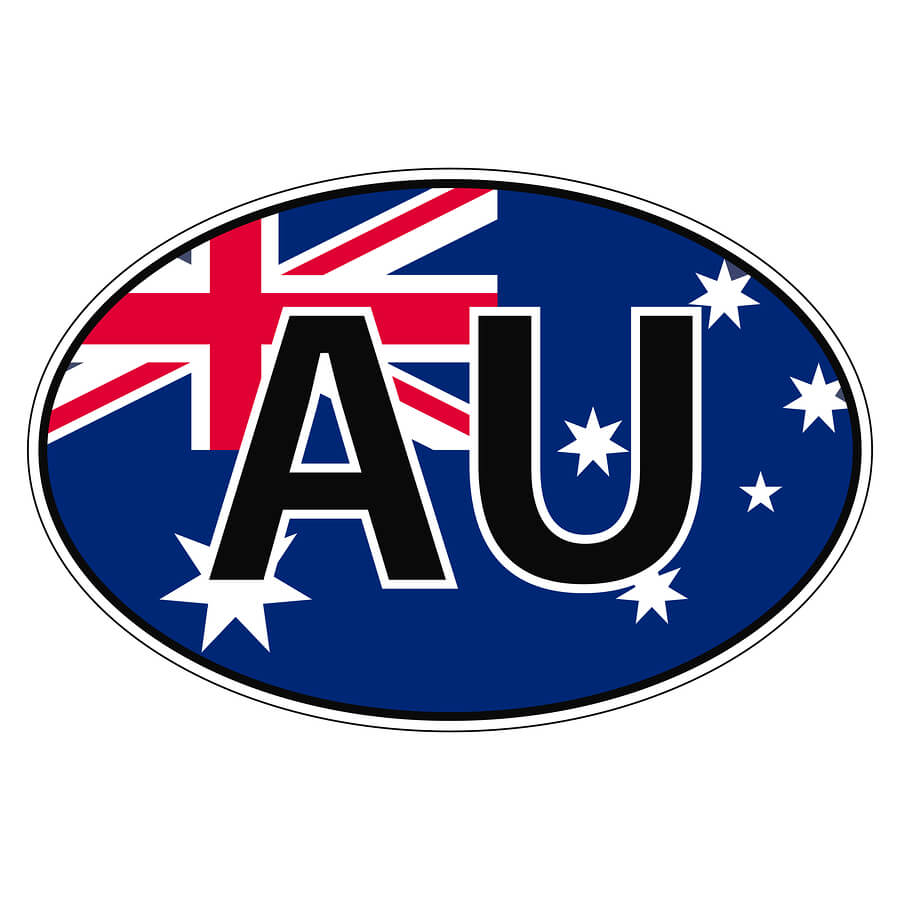There are many good reasons why you might want to apply for Australian citizenship. You have probably been living in Australia for some time already or have married an Australian and have made the decision to become a citizen. Without citizenship, you cannot vote in a state or federal election, and even as a permanent resident lack the feeling of security that citizens have. Every time you leave the country (assuming there is a post-Covid return to normal at some point) you may have to go through some sort of bureaucracy to ensure you can return. Rules about becoming a citizen can change over time as well, usually making it less easy to apply. When you become a citizen, you are showing that you have a commitment to Australia and are ready to take an active role in Australian society.
Eligibility for Australian citizenship
There are three main ways to become an Australian citizen.
- The first is the most obvious one and is unlikely to apply to you. If you are born in Australia and one or both of your parents is already an Australian citizen or a permanent resident, you automatically become an Australian citizen as of right. Note that just being born in Australia by itself is not enough. A highly controversial case currently being debated brings this distinction to mind. Two Sri Lankan nationals came to Australia as refugees. They got married while in Australia and had two children. Their refugee status was denied by the Australian government and their two children, despite being born in the country, were denied Australian citizenship status.
- The second is also obvious. If you were born in another country but one or both of your parents are Australian citizens, then you also normally have the right to Australian citizenship yourself.
- The third is the main way that anyone else not in the first two categories becomes a citizen. They must be a permanent resident, have been living in Australia for a minimum period of time, apply for citizenship and pay the relevant fee. This method of becoming citizenship is called naturalization.
More about the application will be explained further below.
Dual citizenship
When you become an Australian citizen, Australia allows you to keep the citizenship of your birth, i.e. be a dual citizen. However, not every country returns the favor. This means that if you become an Australian citizen, you may lose your own citizenship because the government of your birth country doesn’t recognize dual citizenship. This is an important consideration to think about before you apply for Australian citizenship, especially if you have many relatives in your old home country. Many people who have migrated to Australia decide to remain as permanent residents so they don’t lose the right to return and live if necessary in their birth country.
The application process
There are five main criteria that must be met before your citizenship application is accepted.
- You must be a permanent resident at the time of application;
- You must be over 16;
- You must have lived in Australia for at least 4 years, of which one-year minimum must have been as a permanent resident;
- You must be of good character. This basically means that you haven’t been in trouble with the law, e.g. committed a crime.
- You must pass a citizenship test that simultaneously tests your knowledge of English and knowledge and understanding of Australian society, values, and history.
Once you think that you have met the first four criteria mentioned above, it is time to fill in an application form, pay the application fee and send it to the Department of Home Affairs. You will be contacted once your initial application has been approved and you will then be asked to sit the citizenship test. If everything goes well, then you will be invited to attend a formal citizenship ceremony at a local venue with other new citizens. This often happens on Australia Day. After becoming a citizen you will be able to apply for an Australian passport.








